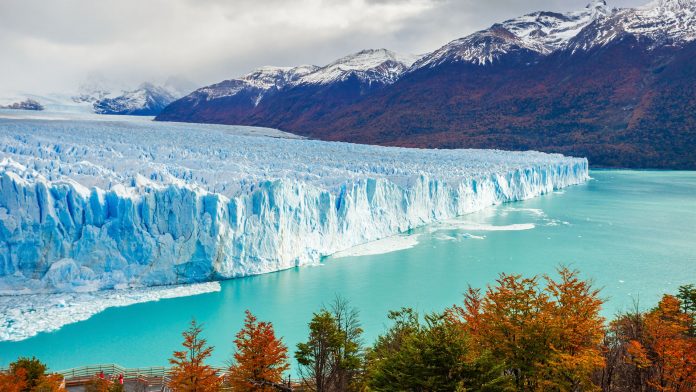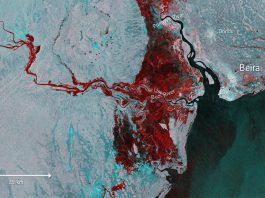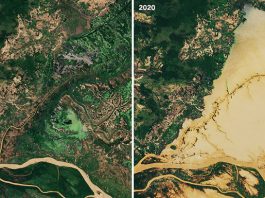Researchers using 30 years of NASA satellite data have conducted the largest-ever study of glacial lakes. The team found that the global volume of these lakes has increased by about 50% since 1990 as glaciers melt and retreat due to climate change.
Published in the journal Nature Climate Change, the findings of this study will allow researchers to assess the potential hazards to communities downstream of these unstable lakes and improve the way in which we predict the rise of sea levels.
Glaciers are retreating on a near-global scale and this study provides scientists with a clearer picture of how much of this water has been stored in lakes. Researchers estimate the current glacial lake volumes total to be around 37.4 cubic miles (156 cubic kilometres) of water, the equivalent of about one-third the volume of Lake Erie. Lead author, Dan Shugar of the University of Calgary in Canada, said: “We have known that not all meltwater is making it into the oceans immediately. But until now there were no data to estimate how much was being stored in lakes or groundwater.
“We wrote scripts in Google Earth Engine, an online platform for very large analyses of geospatial data, to look only at High Mountain Asia, and then decided to look at all glacial lakes in the world. From there, we were able to build a scaling relationship to estimate the volume of the world’s glacial lakes based on the area of this large population of lakes.”
Analysing scenes from the Landsat satellite missions
Shugar and his collaborators from research bodies in Canada, the United States, and the United Kingdom, working under a grant from NASA’s High Mountain Asia Programme, initially planned to use satellite imaging and other remote-sensing data to study two dozen glacial lakes in Asia. The team ultimately analysed more than 250,000 scenes from the Landsat satellite missions, the team looked at the data in five time-steps beginning with 1990 to examine all the glaciated regions of the world except Antarctica and analyse how glacial lakes changed over that period.
Glacial lakes are not stable like the lakes because they are often dammed by ice or glacial sediment called a moraine, which is composed of loose rock and debris that is pushed to the front and sides of glaciers. Glacial lakes can burst their banks or dams, causing massive floods downstream. These kinds of floods from glacial lakes, known as glacial lake outburst floods, have been responsible for thousands of deaths over the past century.
Shugar said: “This is an issue for many parts of the world where people live downstream from these hazardous lakes, mostly in the Andes and in places like Bhutan and Nepal, where these floods can be devastating. Fortunately, organisations like the United Nations are facilitating a lot of monitoring and some mitigation work where they’re lowering the lakes to try and decrease the risks.”









